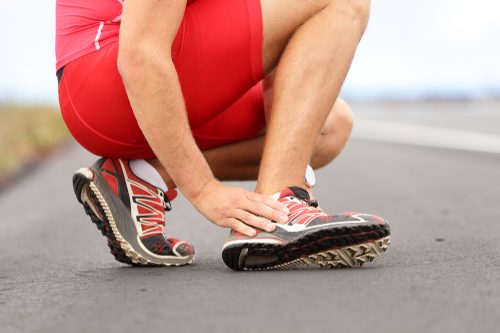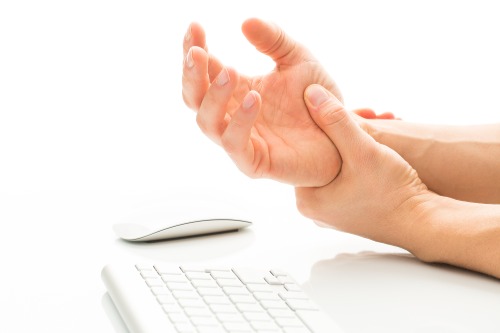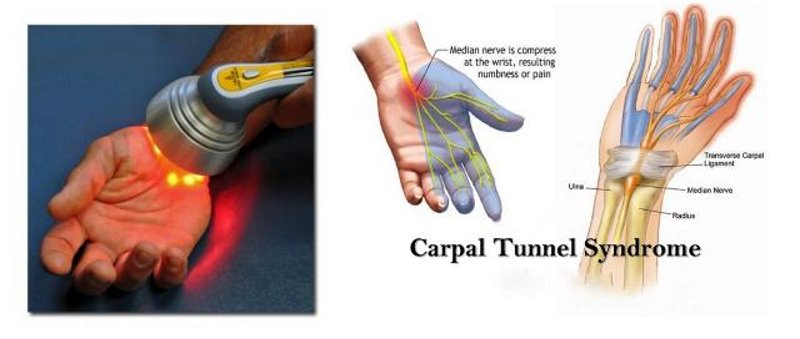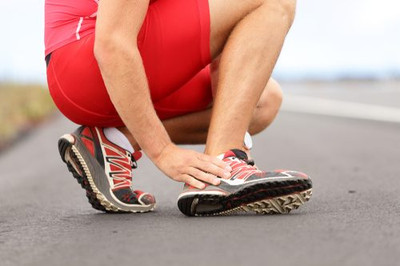 3rd May 2017
3rd May 2017
Treating Recurrent Injuries with Physical Therapy

Once a patient sustains an injury, there is always a risk for recurrence. It doesn’t matter the type of injury, it can be caused by an accident, work or sports-related activity. In addition to the possibility of a recurrent injury in the same area, it can also set patients up to weaknesses that can lead to injuries in connecting or nearby areas of the body. The hazard of recurrent injuries is that they are normally worse than the initial injury. For example, a pulled or torn tendon may rupture the next time leading to increased pain and loss of functional movement.
Recurrent injuries can have a severe impact on patients including:
- Increased chronic pain
- Loss of movement and range of motion
- Difficulty performing daily activities and job tasks
- Increased medical costs
- Longer recovery times.
What patients are at the highest risks for recurrent injuries?

The two most common patient groups at risk for recurrent injuries are athletes (both professional and amateur) and children. Studies have shown that specific injuries like muscle sprains and strains, have a 10.5% increased risk of recurrence. The most common areas of the body to sustain a recurrent injury are ankles, knees, shoulders and head with the injuries being muscle sprains, ligament strains, and concussions.
Certain work-related injuries are also at a high risk for recurrence. In addition to injuries to the neck and back, repetitive use injuries like carpal tunnel can set up patients at a higher risk of recurrent injuries.
What Causes Recurrent Injuries?
Exercise, sports and physical activities cause stress on the body. Most often the word stress is associated with a negative impact, but in this case physical stress positively impacts our bones, muscles, tendons and ligaments. As a result of our activities, our bodies get stronger and more flexible through an internal process called remodeling. Remodeling is the process of breaking down and rebuilding of soft tissue resulting in muscle mass. However, there can be a fine line between what is beneficial for improving our strength and what causes breakdown to occur more rapidly than buildup, which is where an injury and then recurrent injury can occur.
Recurrent injuries are a mixture of the following conditions:
- Poor proprioception
- Neglecting symptoms of pain or weakness
- Incomplete rehabilitation or non-compliance
- Poor warm-up or cool-down with exercise
- Overuse of the injured area
Preventing Recurrent Injuries

The best way to prevent recurrent injuries begins with preventing initial injuries. Prevention starts with incorporating specific rules to follow with any physical activity.
- Remind patients to listen to their body and to apply the 10 percent rule to help determine when to take training, physical activity or exercise to the "next level." In general, training programs or activity more than 10 percent per week. This gives the body adequate time for recovery and response. This rule can also be applied to increasing pace or mileage for walkers and runners, as well as to the amount of weight added in strength training programs.
- Educate patients on proper warm up and cool down techniques they can use for their chosen physical activity. If a patient has had a work-place injury, give them appropriate therapeutic stretches that can be used in the workplace.
- Encourage patients to seek treatment if they experience any pain, swelling or loss of function and/or range of motion when they return to their typical job tasks and normal daily activities.
- Improve Physical Readiness: One of the best ways to participate in physical activities, sports and work related conditions and prevent injuries (initial and recurrent) is to be in a healthy physical condition in equal parts strength, flexibility and endurance. A great tool to use to improve strength are exercise bands that can be used by every fitness level, providing progressive strength training with low-impact to vulnerable joints.
Once a patient experiences a recurrence of their original injury, physical therapy is the most effective and efficient route to return them to pain-free function. With recurrent injuries, physical therapists will utilize several diverse modalities in order to reduce symptoms and prevent future issues. Let’s explore some of the most common recurrent injuries and specific modalities that can give improvement.
Treating Recurrent Injuries in Rehabilitation

Sprains & Strains: From areas like the low back to the ankles, once an area has been injured with a sprain or strain, it is at a higher risk for recurrence. At the onset, these injuries can cause debilitating pain, swelling and reduced range of motion. For these types of recurrent injuries, a cold-compression device is a great choice because it can reduce all of these symptoms. The cold delivers an analgesic effect to the injured area, while the pneumatic compression will help reduce local swelling, which in turn improves mobility and range of motion. Another benefit of a cold compression device is the body part specific wraps available that can completely target the injury.
Carpal Tunnel Syndrome: With recurrent carpal tunnel, there can be a need for surgical intervention. Physical therapy can help prevent the need for an invasive surgery with the use of specific modalities coupled with splinting, therapeutic stretches and exercises. A study published in Lasers in Medical Science found that low-level laser therapy was a good non-invasive option in improving pain in mild-to-moderate cases of patients with recurrent carpal tunnel syndrome.

Related Article: How to Choose the Right Laser Therapy Machine
Low Back Pain: Recurrent low back pain can occur with physical activities, sports and work-related situations. There are several physical therapy modalities that can be beneficial in improving recurrent and/or chronic low back pain. Transcutaneous Electrical Nerve Stimulators (TENS) is a great modality for reducing recurrent acute low back pain. In addition to being used as part of a rehabilitation session, portable units can be used by patients at home as an alternative to oral pain medication.
Related Article: TENS Treatment for Lower Back Pain
Recurrent injuries can be difficult but not impossible to heal from. With physical therapy and specially chosen rehabilitation modalities, it’s possible to not only heal from recurrent injuries, but prevent from further issues and return patients to full participation in each of their chosen activities and work-related responsibilities.





